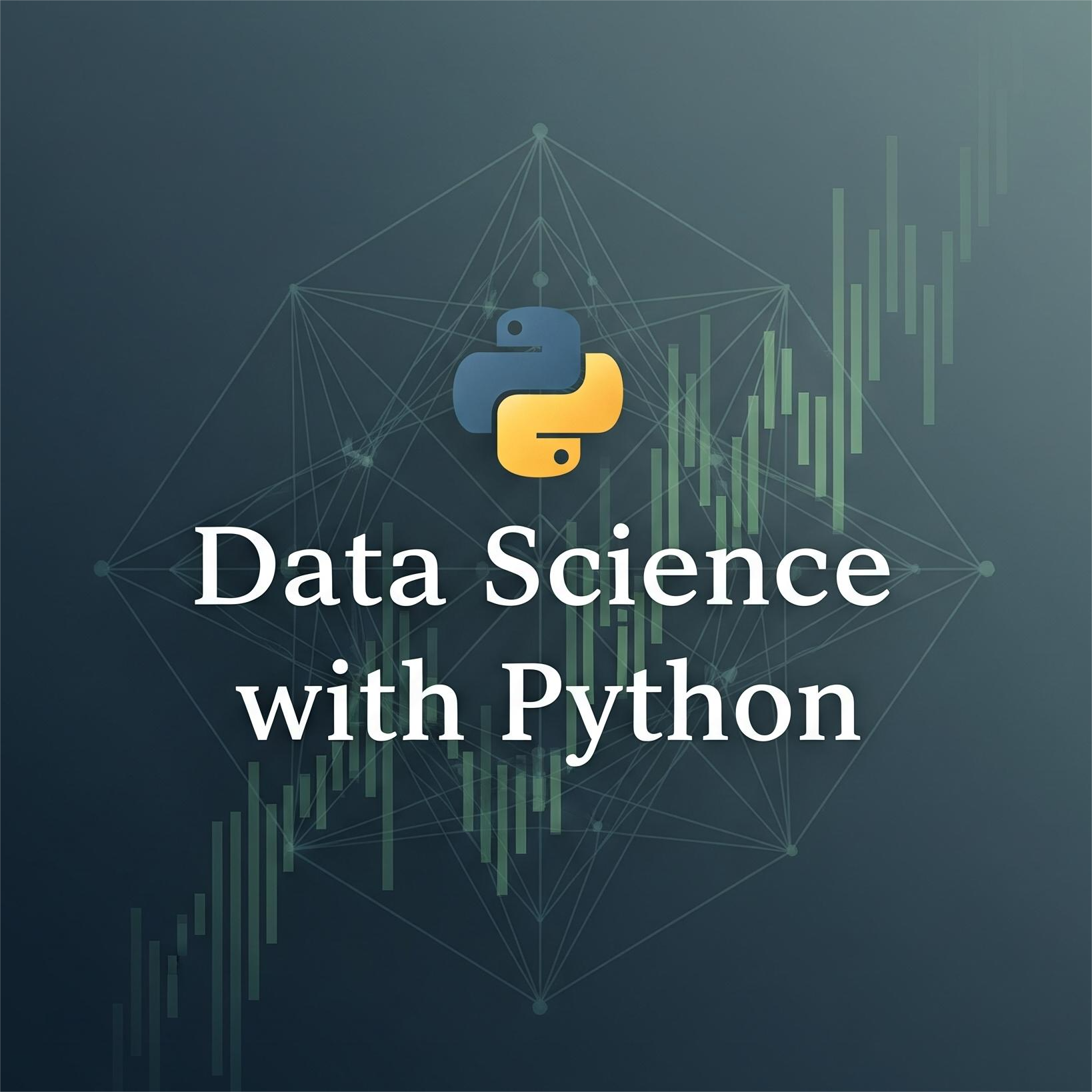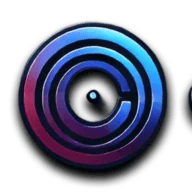
Data Science with Python
Course Description
Data Science with Python is a comprehensive, hands-on course designed to teach learners how to harness the power of Python for data analysis, visualization, machine learning, and predictive modeling. This course is ideal for beginners with basic Python knowledge, as well as professionals aiming to upgrade their data science skills.
Covering everything from data wrangling and visualization to advanced machine learning techniques, the course uses real-world datasets and modern libraries like Pandas, NumPy, Matplotlib, Seaborn, Scikit-learn, and TensorFlow. With the rise of generative AI, AutoML, and real-time data pipelines, the course also introduces cutting-edge practices used in the industry today.
Whether you're preparing for a role as a data analyst, data scientist, or machine learning engineer, this course helps you build a solid foundation and apply skills to real projects.
What You’ll Learn
By the end of this course, you will be able to:
-
Understand the complete data science workflow using Python
-
Perform data cleaning, transformation, and manipulation using Pandas & NumPy
-
Create impactful data visualizations using Matplotlib, Seaborn & Plotly
-
Apply statistical methods and exploratory data analysis (EDA)
-
Build and evaluate machine learning models using Scikit-learn
-
Work with supervised and unsupervised learning algorithms
-
Implement classification, regression, and clustering models
-
Perform feature engineering and model optimization
-
Utilize deep learning basics with TensorFlow or Keras
-
Handle real-time data and connect to APIs or databases
-
Apply your skills in capstone projects based on real business problems
-
Understand current trends in AutoML, MLOps, and AI ethics
Course Curriculum
-
Introduction to Data Science
-
What is Data Science?
-
Applications across industries
-
Data Science lifecycle
-
Role of Python in Data Science
-
-
Python for Data Science
-
Python basics refresher (variables, functions, loops)
-
Working with libraries: NumPy, Pandas
-
Data structures for analysis (arrays, Series, DataFrames)
-
-
Data Cleaning & Preprocessing
-
Handling missing data and outliers
-
Data formatting and transformation
-
Encoding categorical variables
-
Data normalization and standardization
-
-
Data Visualization
-
Plotting with Matplotlib and Seaborn
-
Interactive dashboards using Plotly
-
Correlation heatmaps, histograms, and box plots
-
Customizing charts for storytelling
-
-
Exploratory Data Analysis (EDA)
-
Summary statistics and distributions
-
Identifying trends and patterns
-
Hypothesis testing fundamentals
-
Feature selection techniques
-
-
Introduction to Machine Learning
-
Machine Learning vs. Traditional Programming
-
Overview of ML workflow
-
Introduction to Scikit-learn
-
Splitting data: train/test/validation sets
-
-
Supervised Learning
-
Linear & Logistic Regression
-
Decision Trees & Random Forests
-
K-Nearest Neighbors (KNN)
-
Evaluation metrics: accuracy, precision, recall, F1
-
-
Unsupervised Learning
-
Clustering: K-Means, DBSCAN
-
Dimensionality Reduction: PCA
-
Anomaly detection techniques
-
-
Model Optimization & Tuning
-
Cross-validation techniques
-
Hyperparameter tuning with GridSearch & RandomizedSearch
-
Overfitting vs. underfitting
-
Model interpretation (SHAP, LIME basics)
-
-
Introduction to Deep Learning
-
Basics of Neural Networks
-
Using TensorFlow or Keras
-
Simple image or text classification projects
-
-
Real-World Projects & Case Studies
-
End-to-end data science project
-
Industry-specific case studies (finance, healthcare, e-commerce)
-
Connecting Python with APIs and SQL databases
-
Deploying a model with basic Flask or Streamlit
-

Chronolearn
DeveloperI am a web developer with a vast array of knowledge in many different front end and back end languages, responsive frameworks, databases, and best code practices
| Title | From Date | To Date | Cost |
|---|---|---|---|
| No data found! | |||





